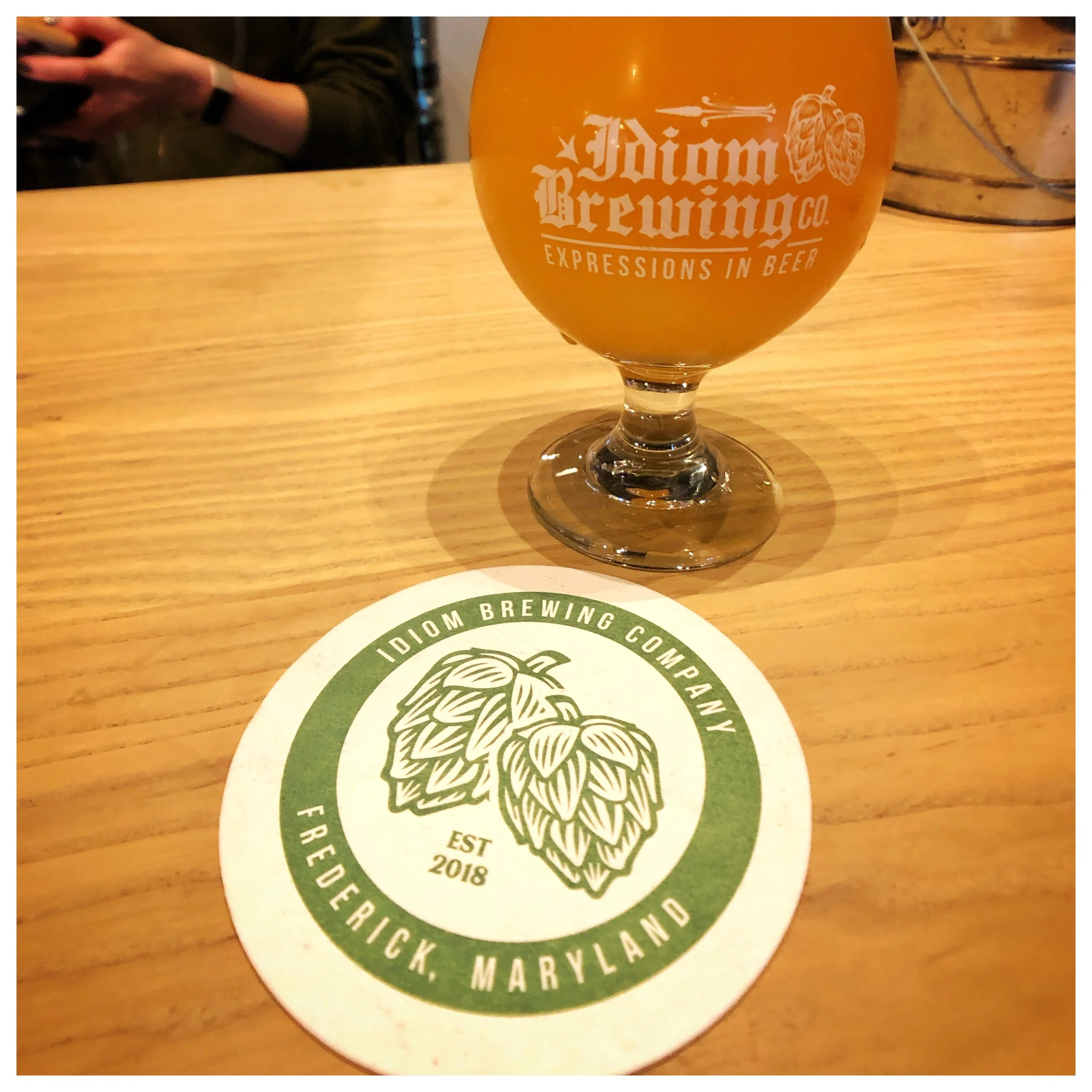THE SESSIONS #137 BEER BLOGGING FRIDAY The Session, a.k.a. Beer Blogging Friday, is an opportunity once a month for beer bloggers from around the world to get together and write from their own unique perspective on a single topic. Each month, a different beer blogger hosts the Session, chooses a topic and creates a round-up listing all of the participants, along with a short pithy critique of each entry.
The founders of the event, Jay Brooks and Stan Hieronymous, state that it is “an opportunity once a month for beer bloggers from around the world to get together and write from their own unique perspective on a single topic.”
For July 2018, the Session is hosted by Roger Mueller at Roger's Beers …and Other Drinks. The topic chosen for this month is German Wheat Beers. Roger's introduction to the topic, states... "I would like to clarify for myself the similarities and dissimilarities of weissbeers, kristall weizen, weizen, hefeweizen, etc. I’d love to read about the distinctions all you brewers and beer researchers know about regarding the various “styles” of weissbeer, experiences in brewing and drinking the beer, it’s history. Yeah, whatever you’d like to say about German wheat beers will be great."
German Wheat Beer
When discussing a beer style, I usually like to go to the default beer style reference, the Beer Judge Certification Program 2015 Style Guidelines. According to BJCP, there are three formal German Wheat Beer styles — Weissbeer, Dunkles Weissbier and Weizenbock. Let's look into what makes these beer styles unique as per the BJCP.
Weissbier
Moderate to strong phenols (usually clove) and fruity esters (typically banana). The balance and intensity of the phenol and ester components can vary but the best examples are reasonably balanced and fairly prominent. The hop character ranges from low to none. A light to moderate wheat aroma (which might be perceived as bready or grainy) may be present but other malt characteristics should not. Optional, but acceptable, aromatics can include a light to moderate vanilla character, and/or a faint bubblegum aroma. None of these optional characteristics should be high or dominant, but often can add to the complexity and balance.
While Bavaria has a wheat beer tradition dating back hundreds of years, brewing wheat beer used to be a monopoly reserved for Bavarian royalty. Modern weissbier dates from 1872 when Schneider began production. However, pale weissbier only became popular since the 1960s. It is quite popular today, particularly in southern Germany.
By German brewing tradition, at least 50% of the grist must be malted wheat, although some versions use up to 70%; the remainder is typically Pilsner malt. A decoction mash is traditional, although modern brewers typically don’t follow this practice. Weizen ale yeast produces the typical spicy and fruity character, although high fermentation temperatures can affect the balance and produce off-flavors.
Dunkles Weissbier
Reflecting the best yeast and wheat character of a weissbier blended with the malty richness of a Munich dunkel. The banana and clove character is often less apparent than in a weissbier due to the increased maltiness.
By German brewing tradition, at least 50% of the grist must be malted wheat, although some versions use up to 70%; the remainder is usually Munich, Vienna, or dark or caramel wheat malts, or Pilsner malt with color malt.
Weizenbock
A strong, malty, fruity, wheat-ba sed ale combining the best malt and yeast flavors of a weissbier (pale or dark) with the malty-rich flavor, strength, and body of a Dunkles Bock or Doppelbock.
Stronger and richer than a Weissbier or Dunkles Weissbier, but with similar yeast character. More directly comparable to the Doppelbock style, with the pale and dark variations. Can vary widely in strength, but most are in the bock to doppelbock range.
Pouring a Hefeweizen
One thing that makes hefeweizen unique among beer styles is that it has its own pouring ritual. While some beer aficionados will argue about whether to pour the beer at a tilted angle or more aggressively straight down the middle of the glass, hefeweizen offers a different and amusing twist. Because the yeast is such an important element of the flavor of the beer, getting that yeast into the pour is critical to the full pleasure of this beer style. Pour normally for about three-quarters of the beer, but at the end, roust the remaining beer to insure the yeast is mixed into the suspension. See this video for a demonstration, but drop the advice to serve with a lemon wedge.
Of course, hefeweizen has to have its own glass, too. The traditional hefeweizen glass is called a vase. In my opinion, this glass is simply sexy with its long, delicate curves. Perhaps, the Marilyn Monroe of beer glasses. Beer Advocate offers this regarding the weizenbier glassware.
“Nothing beats serving your Weizenbier (wheat beer) in an authentic Bavarian Weizen Glass. These classy glasses, with their thin walls and length, showcase the beer’s color and allows for much headspace to contain the fluffy, sexy heads association with the style. Most are 0.5L in size, with slight variations in sizes. ”
Beervana
One of my favorite past-times is listening to podcasts and one of my favorite beer podcasts is Beervana featuring Jeff Alworth and Patrick Emerson. Beervana episode 57 on covered the subject of German wheat beers entitled, The German Beer That Doesn't Taste German. Give it a listen, Jeff is a featured beer writer and Patrick is a economics professor and I always learn something from their insight and depth of knowledge on all-things-beer.
Zugspitze Biergarten
I have had many great German beers, but my favorite German wheat beer experience was at Germany's highest biergarten at Zugspitze. I traveled to Bavaria in 2011 and was able to experience Germany's highest peak. The fact that there was a beer garden there serving white sausage and Franziskaner hefeweizen made the views and trip that much more memorable.
“The so-called “highest beer garden in Germany” sits atop the Zugspitze, which just so happens to be the highest mountain in Germany (makes sense). Although it takes some effort to reach this sprawling terrace—accessible only by cable car or foot—it’s undoubtedly worth it to take in views of the Alps with a cold beer in your hand.”



